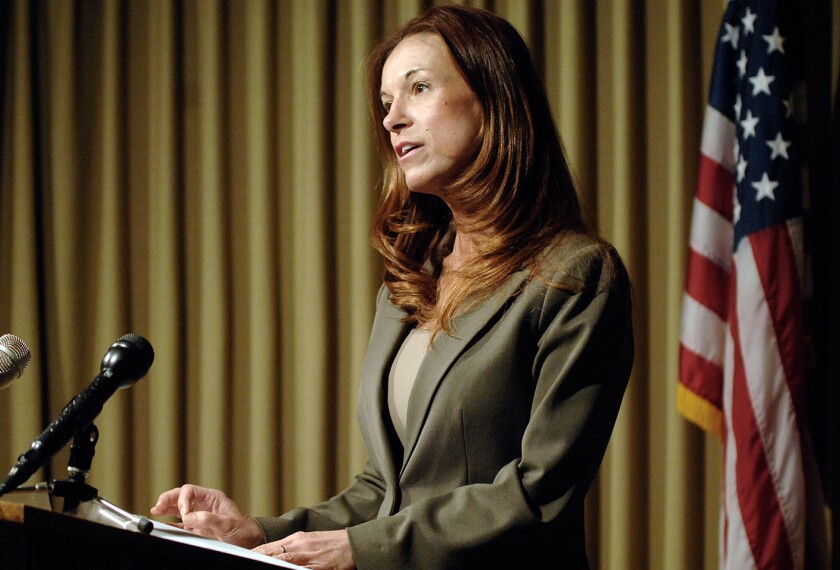With the general election less than five months away, voters’ concerns about rising gas prices and the sagging economy trump education as a campaign issue, even as more Americans believe the nation’s schools are getting worse, according to a new national poll released by the Public Education Network.
In fact, education is slipping as a campaign issue. Two years ago, when many governorships and state legislatures were up for grabs, education ranked as the most important issue in a similar conducted by the Washington-based group, a network of community-based organizations that work on school improvement in low-income areas. During the 2004 presidential election, education ranked , behind the economy.
This year, education ranked third, the new poll found, with 12 percent declaring it the most important issue, compared with 22 percent who cited gas prices, and 19 percent who cited jobs and the economy as the most important issue. Education ranked ahead of health care, taxes, crime, and homeland security.
Even parents who have school-age children—a group that typically puts school issues near the top of the list—ranked education as third. However, researchers found that education is a top concern to one demographic: young black adults.
Overall, only 10 percent of voters said a presidential candidate’s view on education is one of the “most important” to their vote, though 38 percent deemed it “very important.” Sixty percent said they want to hear more about education from the candidates.
The poll of 1,200 adults was conducted in May by Washington-based Lake Research Partners. Funded by New York City-based MetLife Foundation, the poll has a margin of error of plus or minus 3.1 percentage points.
Meanwhile, Americans seem to be getting more pessimistic about their own neighborhood schools, and education on a national level. Thirty-two percent of poll respondents said the quality of their local schools has declined, and 40 percent said schools nationally have declined. On the flip side, just 15 percent think their local schools have improved, while 26 percent think schools nationally have improved. The rest of respondents said the quality of schools has stayed the same.
“Americans care about their schools, but they are not hearing enough about schools and not seeing the changes they would like,” Wendy Puriefoy, the president of the education network, said in a statement. “The poll reveals that, as a result, Americans are losing confidence in local and national efforts to improve schools and in the elected and public officials who are in charge of making change happen.”
Six years after the federal No Child Left Behind Act was implemented, people are split in their opinion of the law. About one-third think the law has helped schools, one-third feel the law has hurt schools, and the remainder say it’s made no difference. However, black and Latino respondents were more likely than whites to believe that NCLB is helping schools.
The poll is part of a larger effort by the network to strengthen community involvement in schools. To that end, the network has developed a so communities can measure how they’re faring in areas such as parental involvement, officeholder leadership, and business involvement.
The national index, also released today, shows that while Americans are doing more for schools than they were two years ago, half of Americans say they aren’t involved at all in schools.




